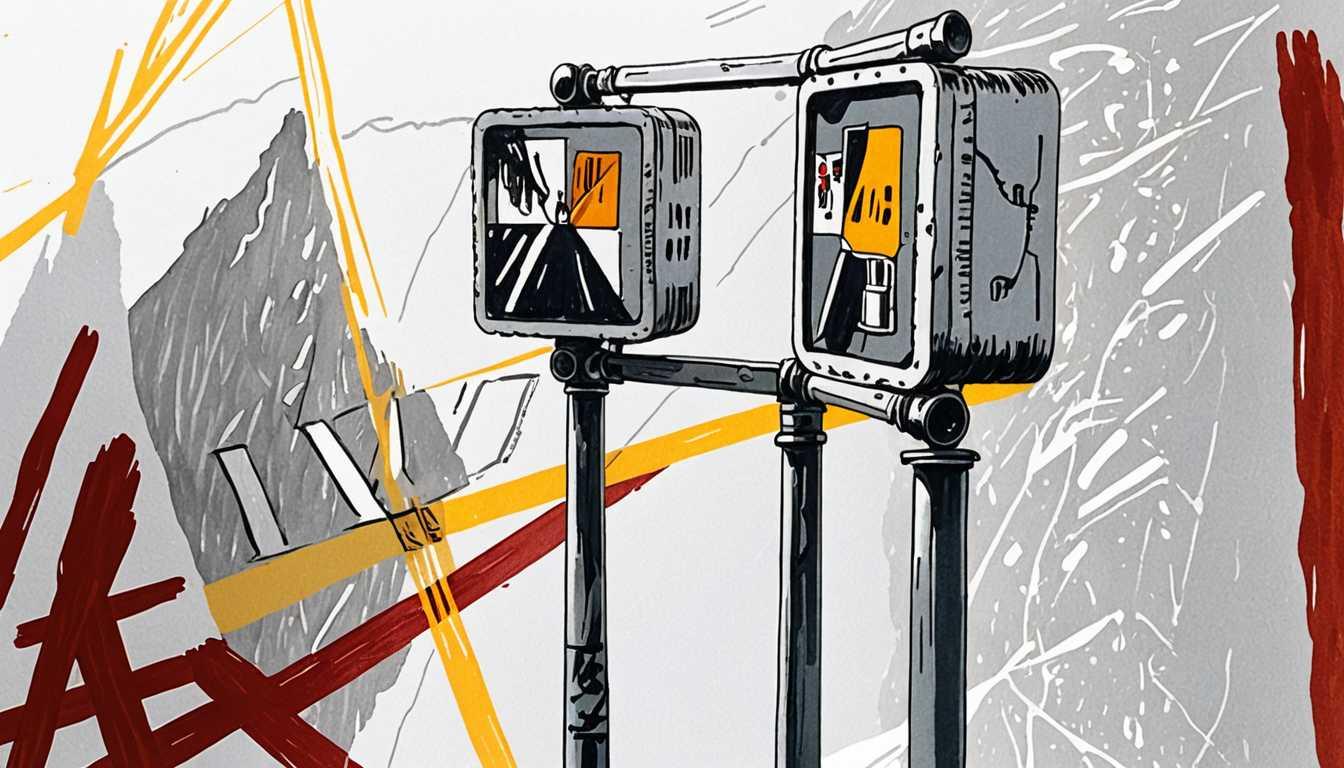AI Learns to Sidestep Toxicity
April 2024
Massachusetts Institute of Technology (MIT)
Introduction
Dive into MIT’s latest breakthrough where AI chatbots are trained to dodge toxic traps with flair! Researchers have turbocharged the traditional red-teaming process, employing a curiosity-driven AI that outsmarts human testers by generating diverse, challenging prompts. This not only ramps up safety but also speeds up the AI’s learning curve. Ready to see how AI is taught to sidestep the sinister? Check out the full scoop from MIT!
READ FULL ARTICLEWhy It Matters
Discover how this topic shapes your world and future
Navigating the Nuances of AI Safety
Imagine you're using a chatbot to help with your homework, and instead of helpful tips, it starts giving harmful advice! That's a bit of what researchers are trying to prevent. As AI becomes a bigger part of our lives, ensuring these systems are safe and reliable is crucial. This isn't just about avoiding inconvenient glitches but preventing real dangers like the spread of harmful information. The work done by researchers at MIT and the MIT-IBM Watson AI Lab shows us a smarter, quicker way to test AI systems, making them safer for everyone around the globe. This matters to you because the safer AI systems are, the more you can trust and benefit from them as tools for learning, discovering, and even entertainment.
Speak like a Scholar
Artificial Intelligence (AI)
A branch of computer science dedicated to creating systems that can perform tasks that usually require human intelligence. These can include things like understanding natural language or recognizing patterns.
Red-teaming
A method where testers try to break or find faults in a system to see how strong or weak it is. In AI, this means trying to make the AI system do something it shouldn’t.
Machine Learning
A type of AI that allows software applications to become more accurate at predicting outcomes without being explicitly programmed to do so.
Reinforcement Learning
A machine learning technique that teaches software agents how to take actions in an environment so that they maximize some notion of cumulative reward.
Toxicity Classifier
A tool in AI that determines whether a response or content is harmful or inappropriate.
Entropy Bonus
In machine learning, this is used to encourage exploration by rewarding decisions that lead to a variety of outcomes.
Independent Research Ideas
Ethical AI Design
Investigate the moral implications of AI in society. How can developers ensure AI ethics are upheld in the design and deployment of AI systems?
Impact of AI on Privacy
Explore how AI systems that collect and analyze vast amounts of data might affect individual privacy. What measures can be implemented to protect users?
AI in Education
Examine how AI can transform educational practices and personalized learning. What are the benefits and risks of AI tutors in school environments?
AI and Cybersecurity
Research how AI can both pose and solve cybersecurity threats. How can AI systems be designed to be resilient against attacks?
Cultural Impact of AI
Study how AI is perceived and used in different cultures around the world. How does cultural context influence the development and acceptance of AI technologies?
Related Articles

Growing Smarter AI on a Budget
March 2023
Massachusetts Institute of Technology (MIT)

Beyond Captchas: Proving Humanity
October 2023
MIT Technology Review

From Blurry to Brilliant: MIT's Discovery
January 2023
Massachusetts Institute of Technology (MIT)

AI Sees Future Traffic: Waabi's Leap
March 2024
MIT Technology Review

Metaverse: Digital Dream or Dystopia?
July 2023
University of Cambridge